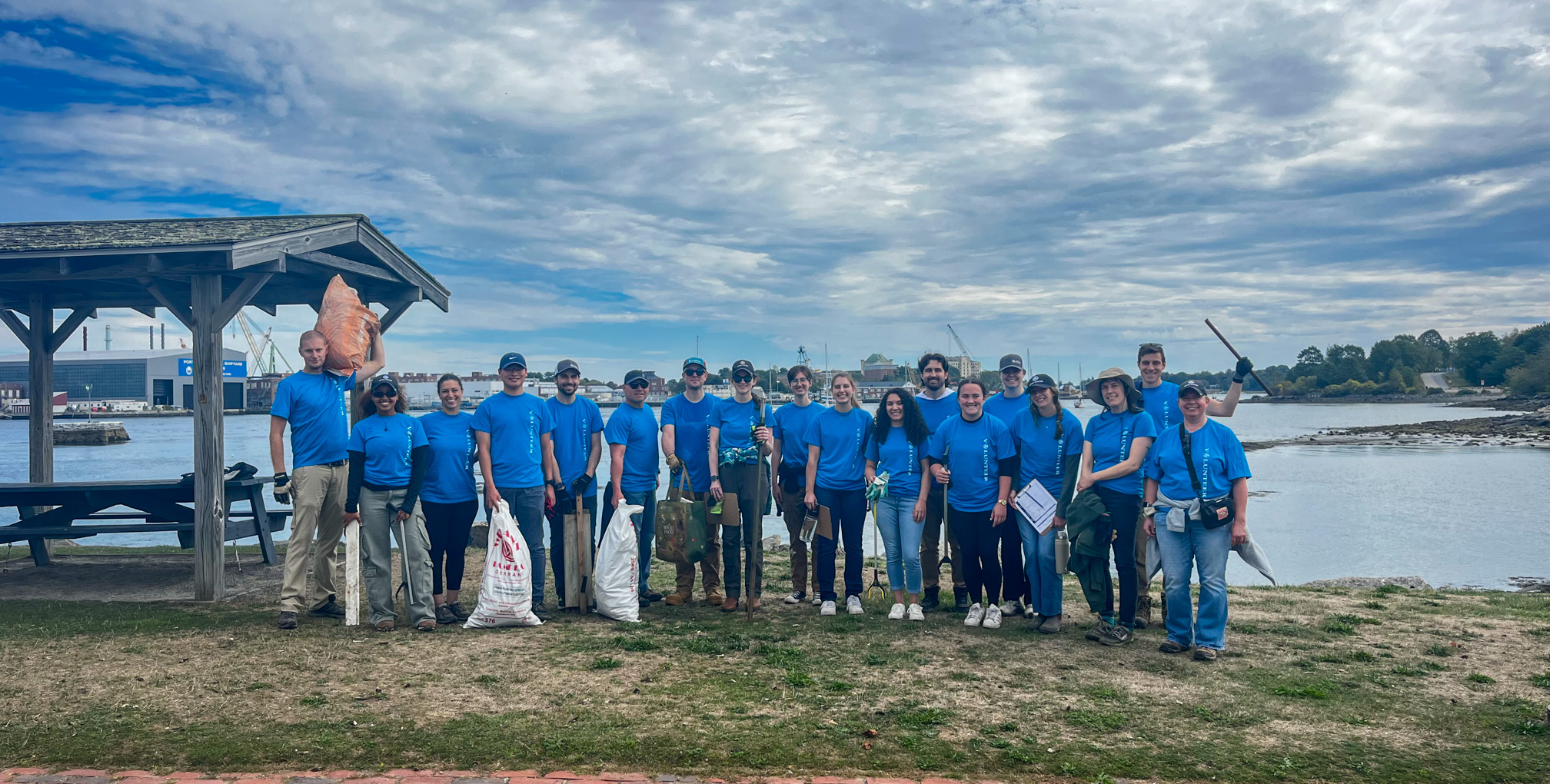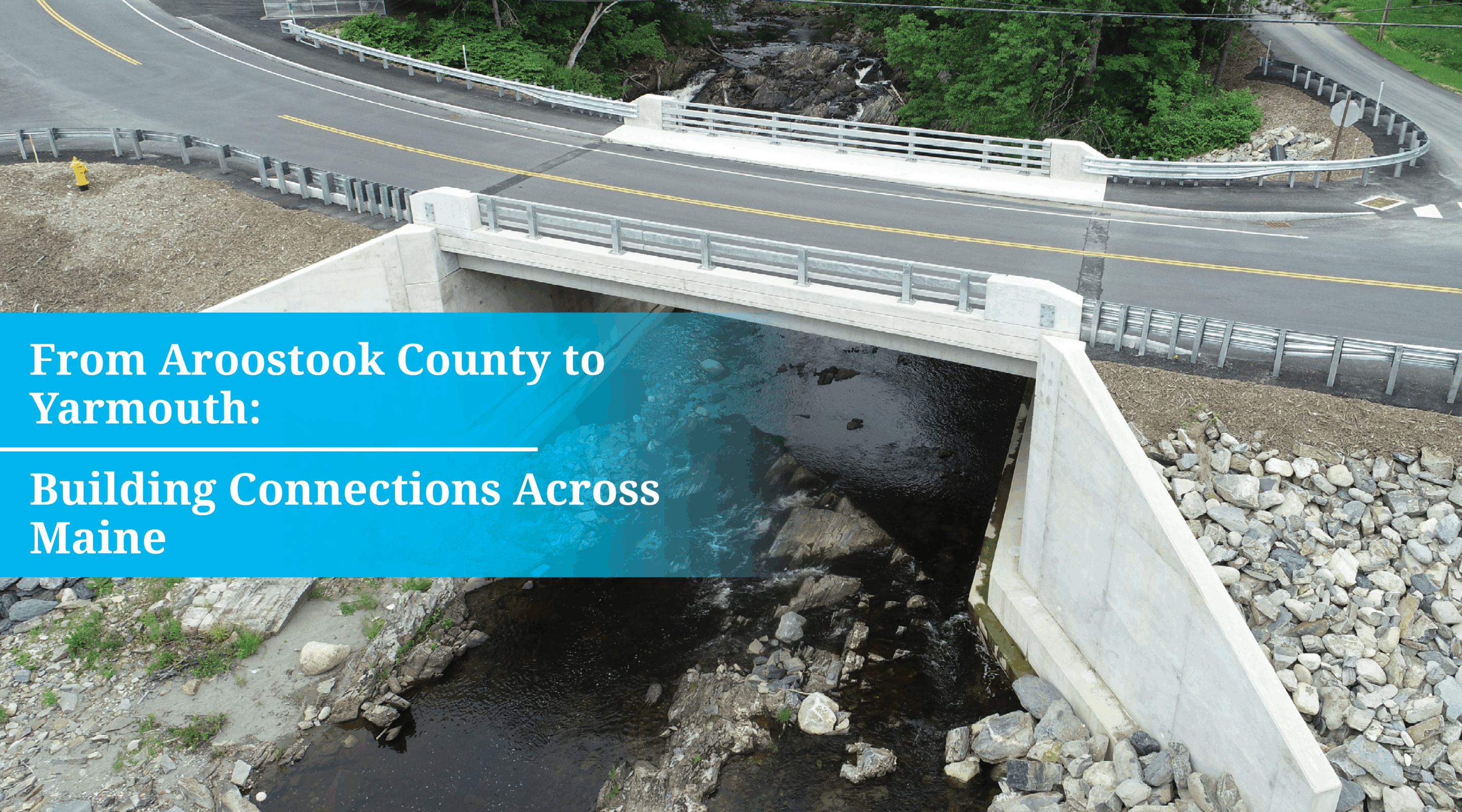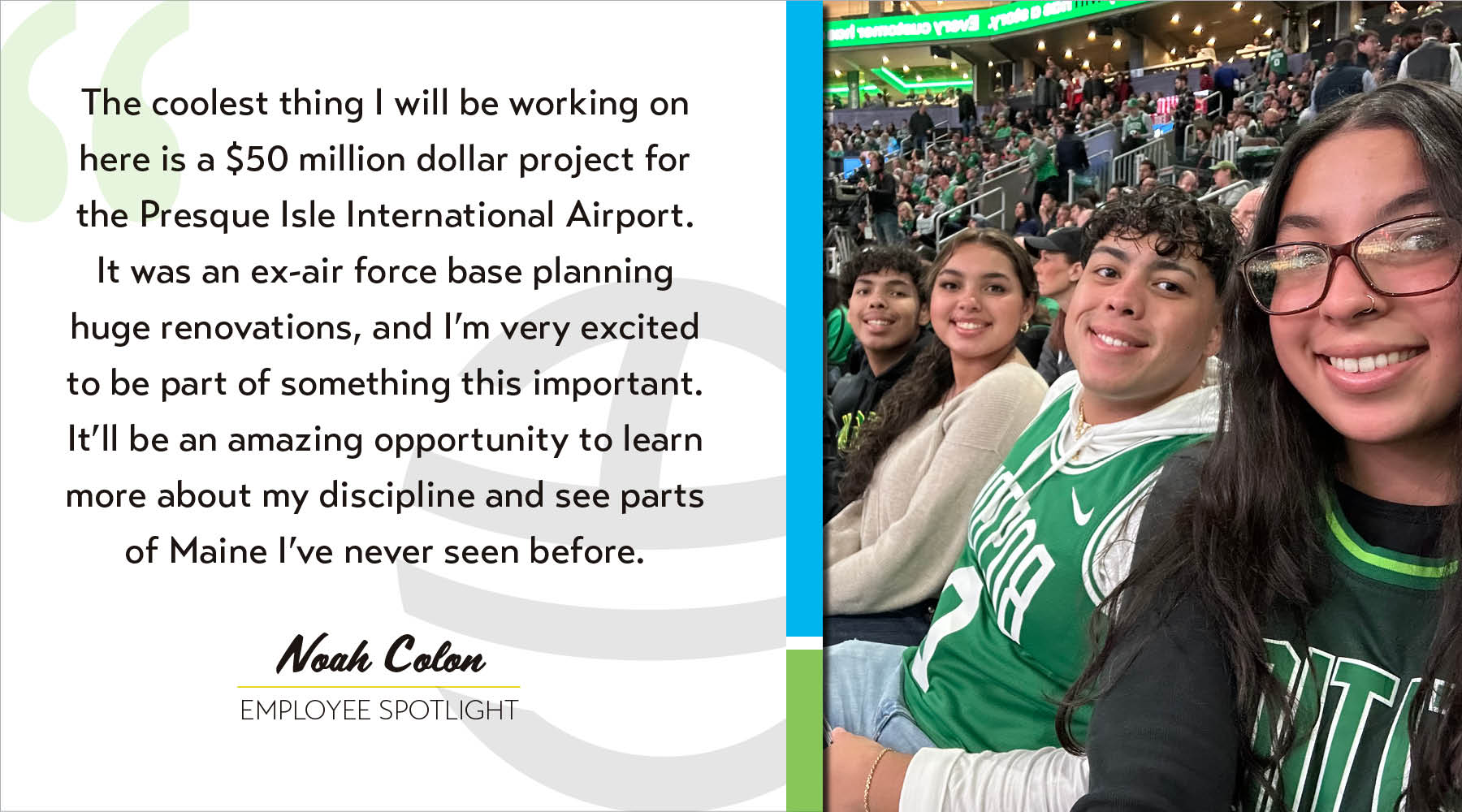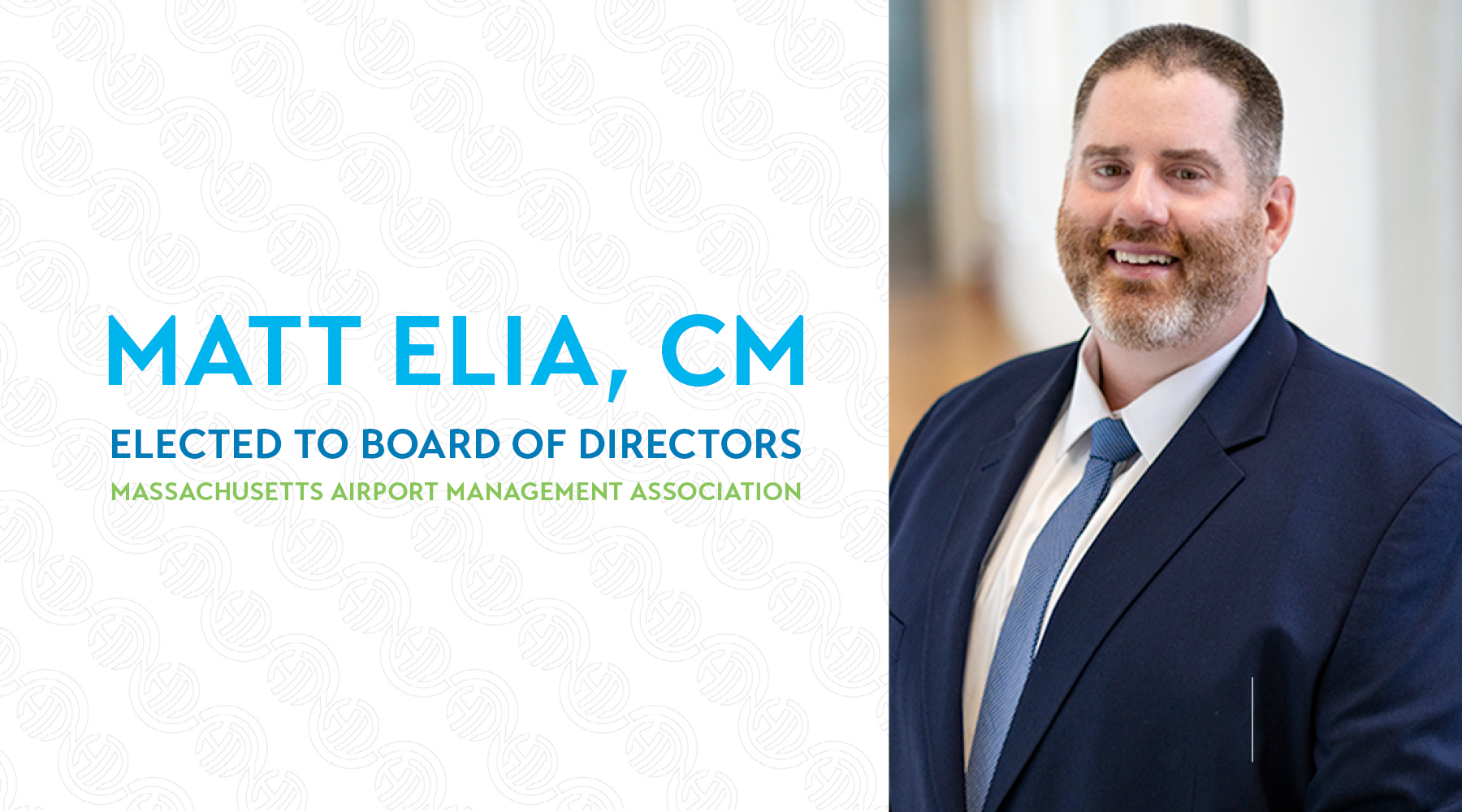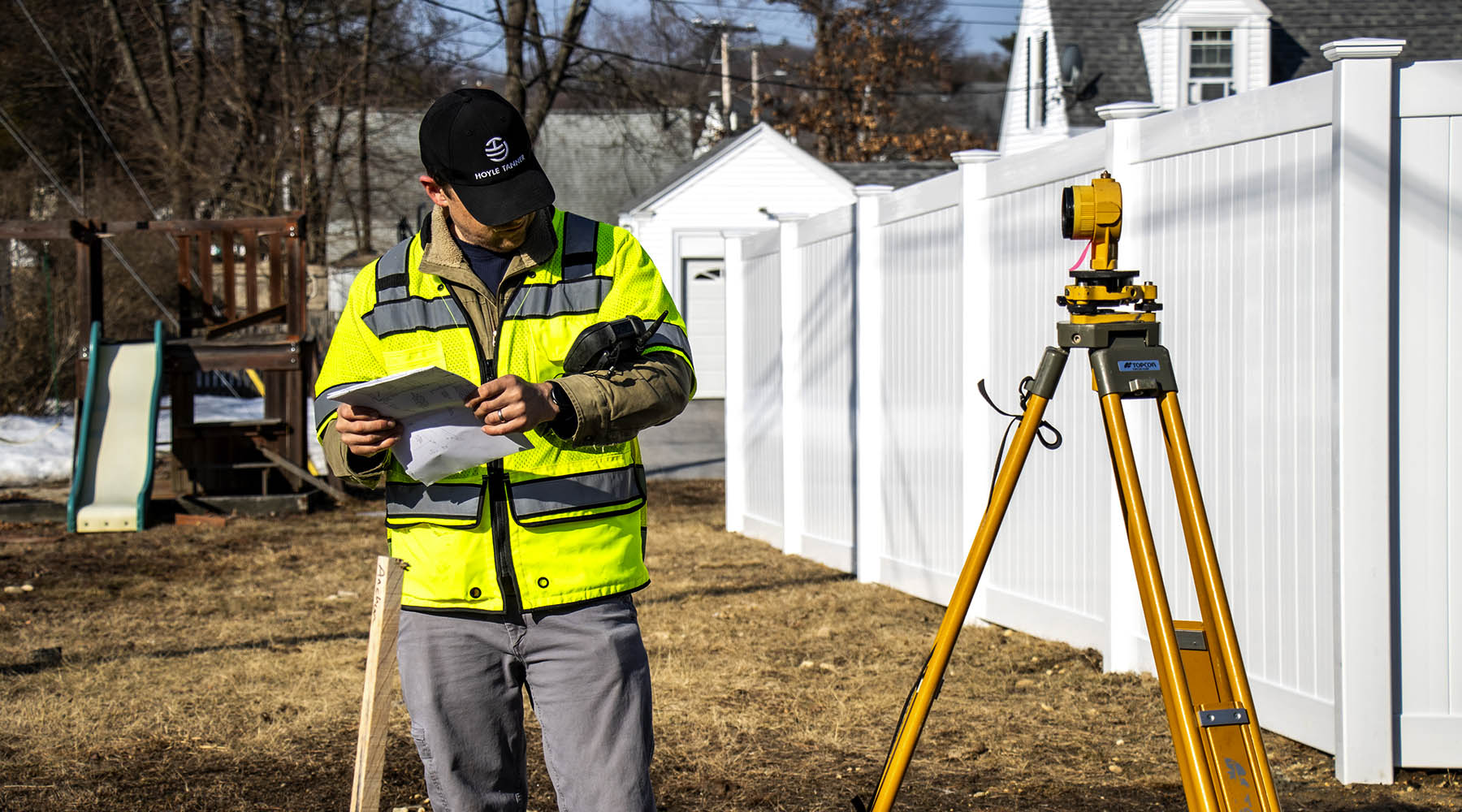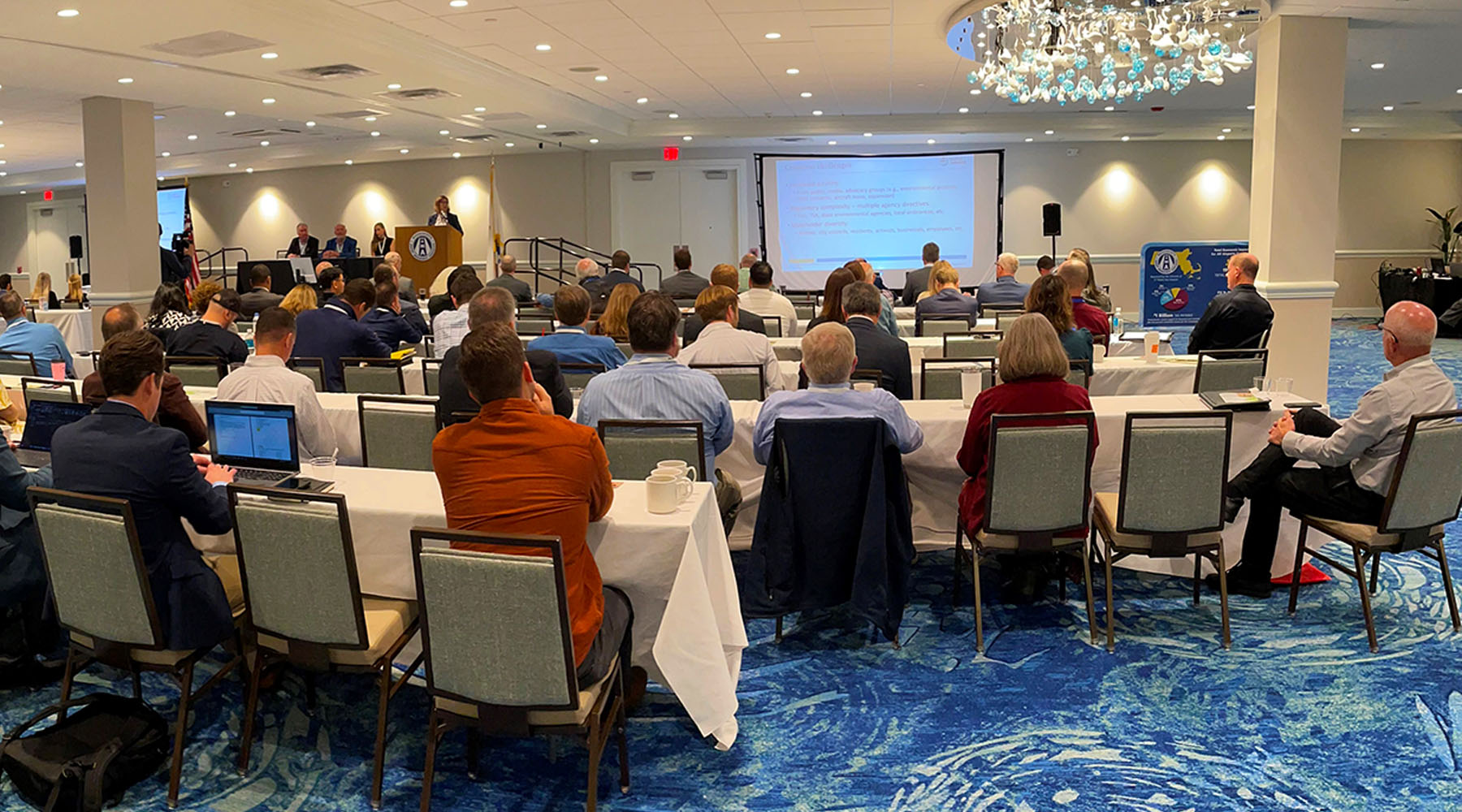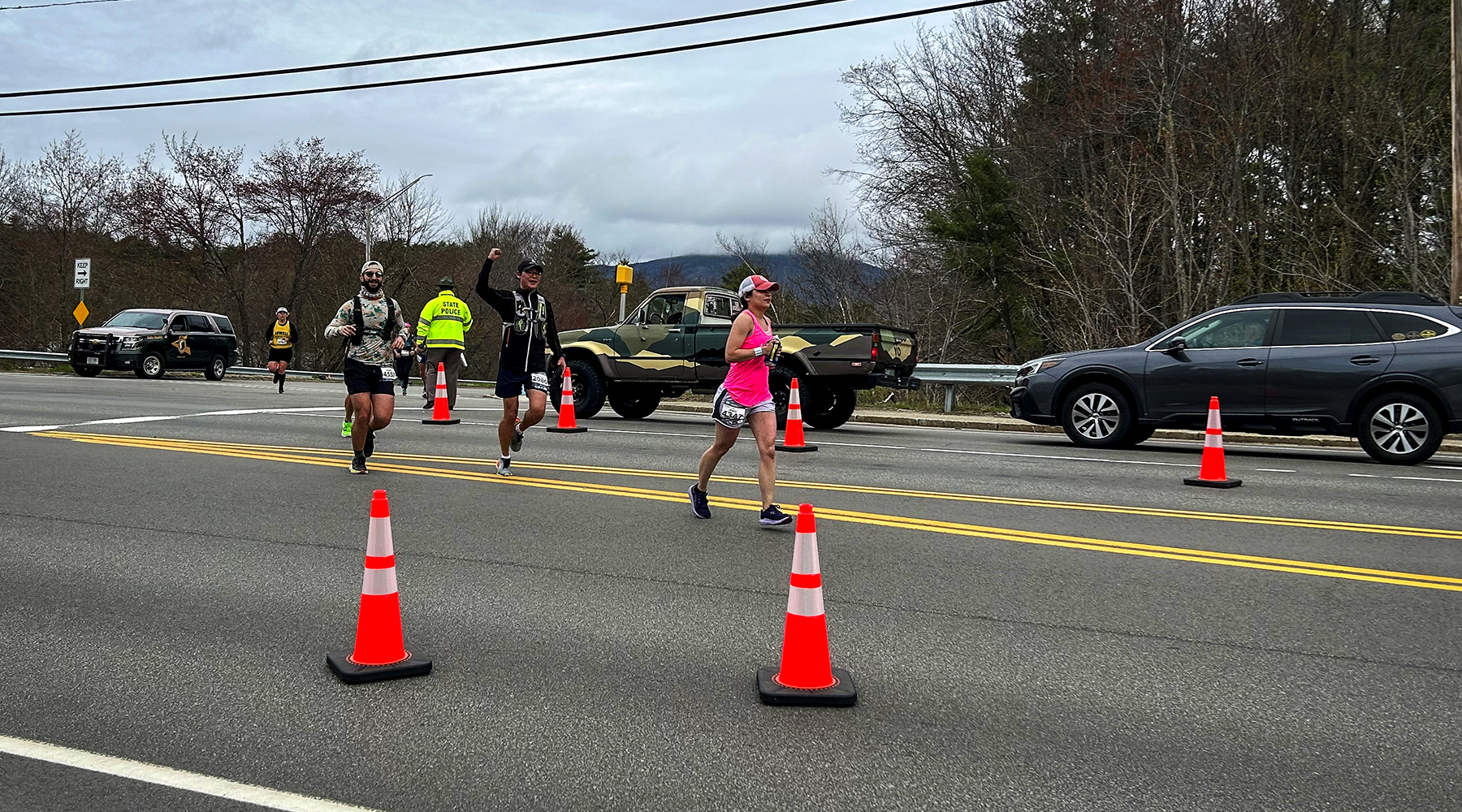
It’s not every day we get a call to help with traffic control planning for a marathon, but that’s exactly what we did for the Kancamagus Marathon on Sunday, May 5!
Pre-Race Details & Design
Hoyle Tanner was engaged by the race host Brooksee to prepare traffic control plans in seeking approval from New Hampshire Department of Transportation (NHDOT) to conduct the first ever running of the Revel White Mountain Marathon and half marathon road race. The assignment and challenge was to prepare temporary traffic control plans for safely accommodating vehicles, runners and spectators along 26 miles of NH Routes 112 and 113 into downtown Conway, New Hampshire.
As to be expected, multiple levels of coordination and meetings with stakeholders were necessary because of the Kancamagus Highway’s scenic beauty and regional popularity as a destination for a wide array of outdoor recreational activities. The goal was to mesh race day operations while maintaining vehicular traffic needs all along the course. This presented a host of challenges to consider at every turn and intersection in the area and was presented roughly five months leading up to race day. Designers utilized multiple sources to gather readily available, site-specific data. This information was then compiled with past similar marathon operations to model expected temporary conditions along the course, specifically to deploy temporary traffic control measures at key intersections to maintain acceptable traffic operations. After several rounds of coordination, a plan was developed that everyone agreed upon.
During the Race
Over 1,900 people ran the half marathon on the Sunday race day and nearly the same number of competitors ran the full marathon!
Seeing the race from “behind the scenes” and in person offered a whole new race day experience for me. I got to see the resulting actions of the planning, coordination, communications and execution in real time – which only contributed to gaining insights into how these types of special events need to function. As a runner, your priority is completing the course. As a spectator, you’re interested in course-viewing access. As a traveler, your concern is getting to your destination. As public safety officials, you’re concerned with public safety.
As the Design Manager, seeing how all of these competing interests played out during the race made for an exciting event.
Post-Race
We learned of the event’s overall success for the area, both economically and operationally, during a post-race debrief meeting. Maintaining special event traffic operations requires a team of professionals. Hoyle Tanner was glad to be a supporting member of this team for this inaugural event. It was truly rewarding to work with dedicated individuals who were committed to ensuring everyone’s safety at the event.
We look forward to future teaming with NHDOT, state police, local police and the Brooksee organization who all want to make next year’s event even better! So look out for the race next year—and we’ll also be doing a breakdown of what it was like for one of our team members to work on this project and then actually run the course on race day!
To learn more about our traffic services, review our services or reach out to me.



